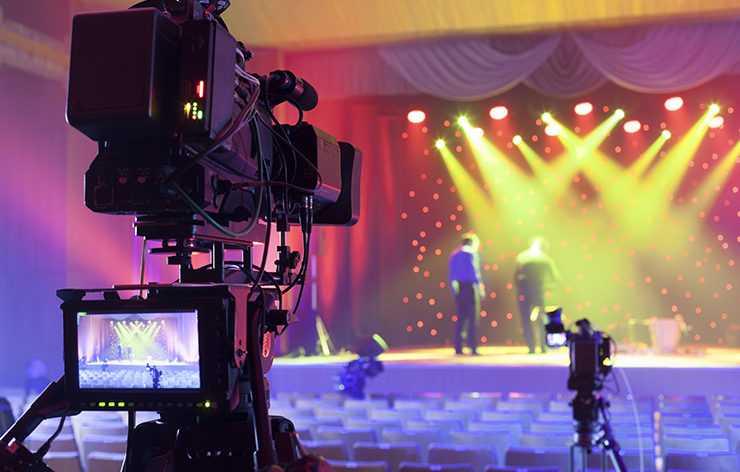Mastering the Art of Flawless Video Projection on Arched LED Walls for Stunning Visual Audience Experiences
Mastering the Art of Flawless Video Projection on Arched LED Walls for Stunning Visual Audience Experiences
Blog Article
Video mapping is an exciting technology that allows images and videos to be displayed onto areas, creating stunning visual experiences. When it comes to rounded areas, mastering this craft can be a bit more difficult than casting onto flat planes. Rounded areas can include anything from the sides of buildings to art pieces and even stages. Understanding how to efficiently project footage onto these shapes is crucial for creators, design professionals, and event planners who want to develop engaging settings that captivate audiences.
The initial phase in video mapping on curved areas is to understand the shape of the area. Rounded surfaces can be intricate, with different degrees of bend. To attain a seamless projection, it is important to build a 3D model of the surface. This representation helps in visualizing how the video will look when cast. Software tools are available that permit users to develop these representations and mimic the display. By accurately mapping the dimensions and shapes of the surface, designers can guarantee that the footage matches perfectly without distortion.
Once the 3D representation is ready, the following step is to prepare the footage material. This involves editing the video to suit the particular form and dimensions of the curved surface. It is crucial to consider the angles and sightlines from which the viewers will view the display. The content should be designed to improve the visual experience, making it captivating and pertinent to the concept of the occasion or setup. Using high-quality graphics and animations can significantly enhance the total impact of the projection.
After editing the material, the real projection process starts. This includes setting up the projectors at the correct angles and spaces to guarantee that the footage aligns with the 3D model. Calibration is a crucial part of this process. It may require modifying the luminosity, contrast, and sharpness of the devices to achieve the best results. Additionally, using several devices may be necessary to encompass larger or more complex surfaces. This method, known as seamless projection, helps create a seamless image across the whole area.
Finally, testing the projection is crucial before the final presentation. This enables creators to make any necessary modifications to the video and projector configurations. It is also an chance to see how the viewers will perceive the projection from various viewpoints. By ensuring that the footage mapping is perfect, designers can deliver a remarkable visual experience that creates a lasting impact. Perfecting footage mapping on rounded areas not only enhances creative expression but also opens up new opportunities for narrative try this out and audience interaction in various environments.